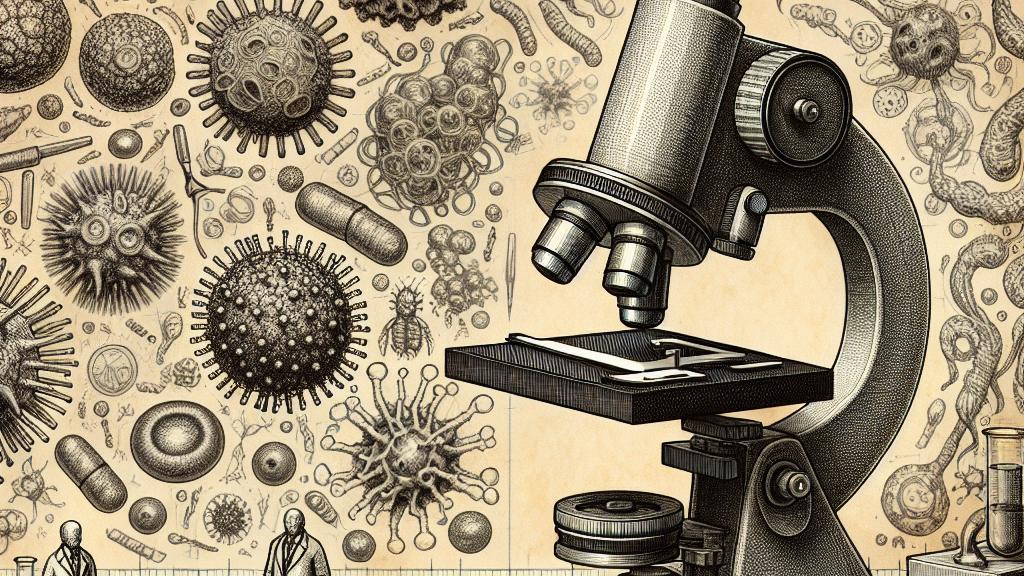Discover How to Build a 3D Printed Microscope for Under $60!
Overview
- Explore how an innovative team from the University of Strathclyde created a groundbreaking low-cost microscope.
- Learn how cutting-edge 3D printing technology is making high-resolution scientific tools accessible to everyone.
- Get your hands on free online plans and start building your very own microscope to uncover the hidden wonders of the microscopic world!

Affordable Science for Everyone
Imagine this: with less than $60, you could be holding your very own microscope! Sounds unbelievable, right? However, it's precisely what a talented group of researchers at the University of Strathclyde in Scotland has accomplished. They have developed detailed plans for a fully 3D-printed microscope, a tool that makes scientific exploration not only affordable but also incredibly accessible. Traditionally, high-quality microscopes come with price tags that soar into the thousands, leaving many aspiring scientists at a disadvantage. This breakthrough is like opening a doorway to endless possibilities, allowing students, teachers, and science enthusiasts to probe into the intricate details of life’s smallest organisms without fearing financial ruin. Isn't that just fantastic?
How It Works
Now, let’s talk about how this revolutionary device works! The design features a series of 3D-printed parts, including meticulously crafted lenses that offer high-quality imaging similar to those made in professional settings. By utilizing a special photopolymer resin, the researchers successfully print these lenses on everyday 3D printers, which is a game changer. Once you have all the pieces printed, assembling the microscope is straightforward! You’ll only need a few additional components—like a Raspberry Pi and a standard light source. Believe it or not, the entire setup can be completed in just under three hours! Picture yourself having a fully operational microscope, ready to dive into the microscopic universe. It’s a thrilling prospect, don’t you think?
Making Microscopy Accessible to All
What really makes this project shine is its dedication to making science available to everyone. The fantastic researchers decided to share their blueprints online for free! This means that anyone with a 3D printer can join in on this exciting scientific journey. By removing the barriers imposed by the high costs of traditional microscopes, this initiative opens the floodgates for students and curious minds everywhere. Imagine being able to observe the intricate structures of cells or tiny organisms right in your own room! This project isn’t just about saving money; it’s about empowering individuals, stimulating curiosity, and sparking a love for science. Isn’t it amazing how a simple idea can create such an expansive impact on education and research?

Loading...